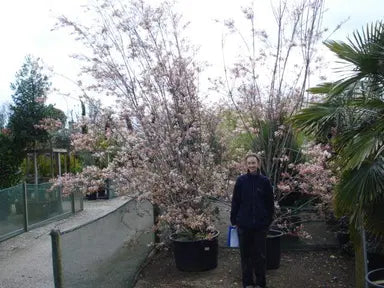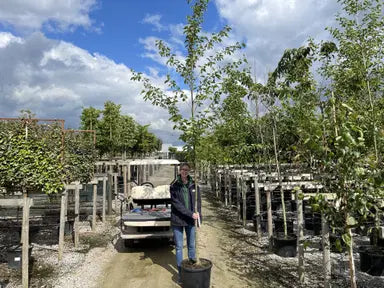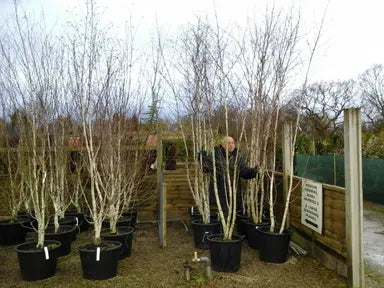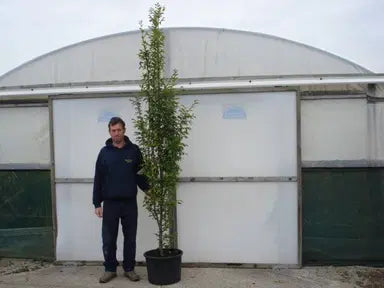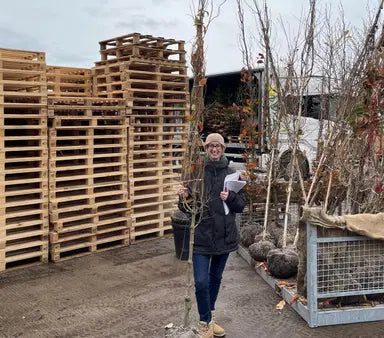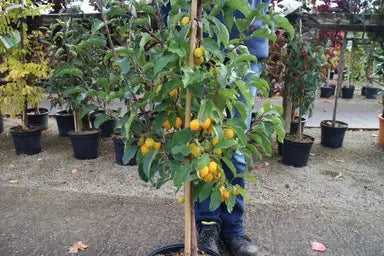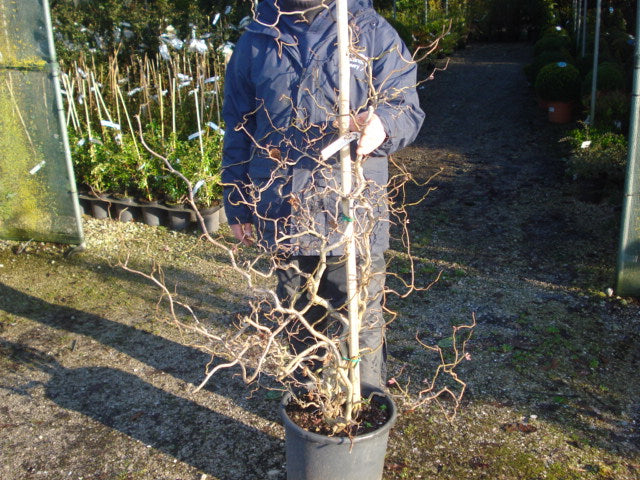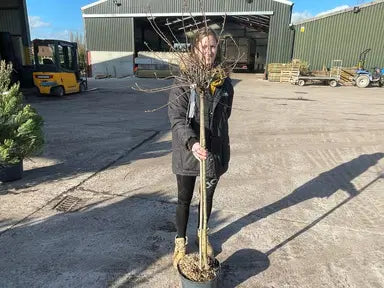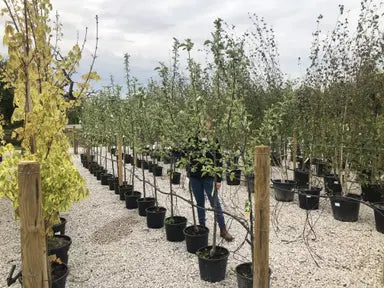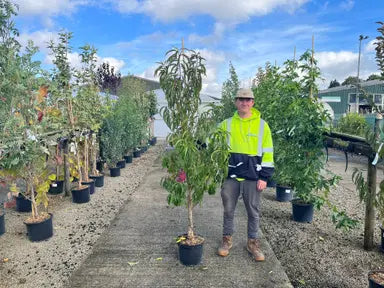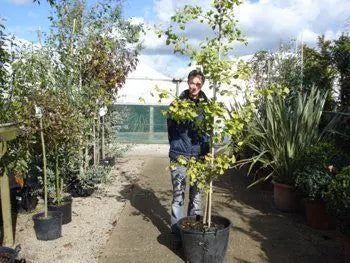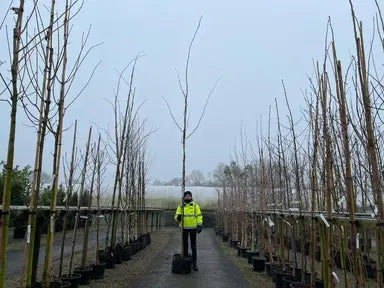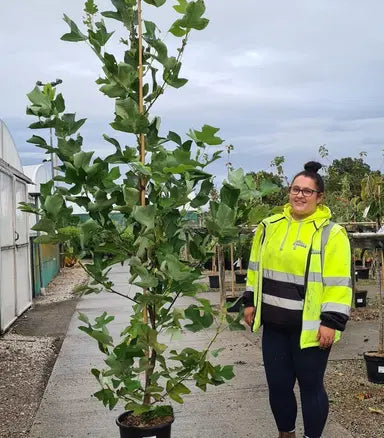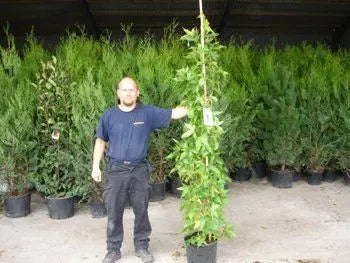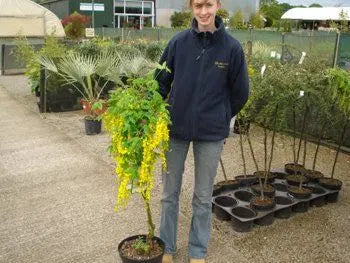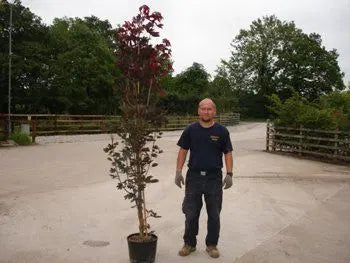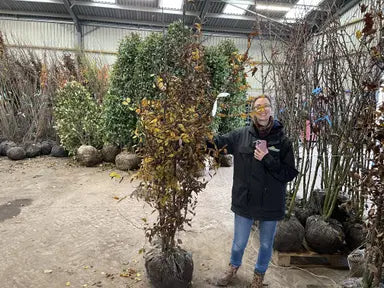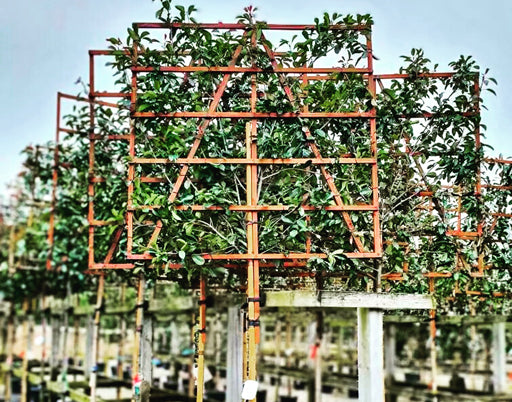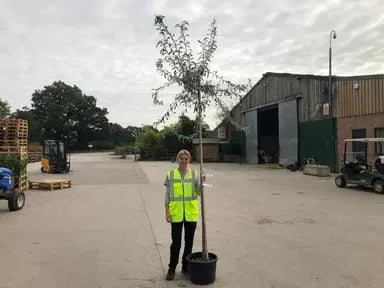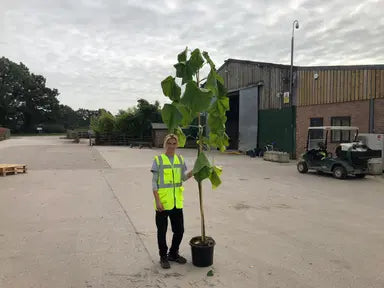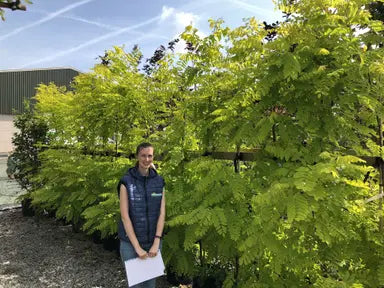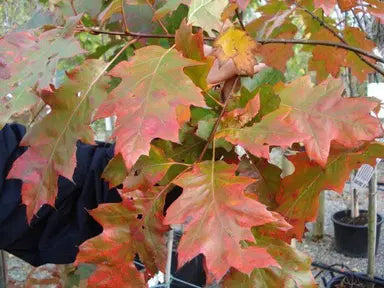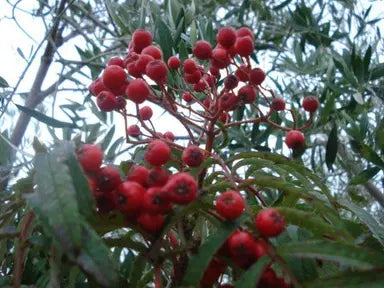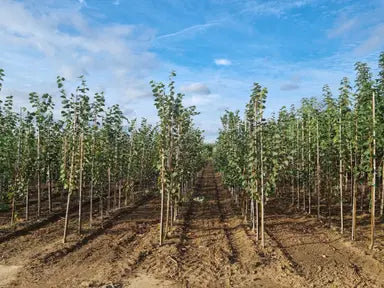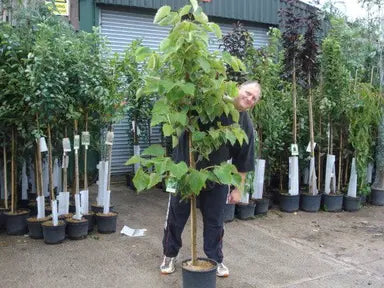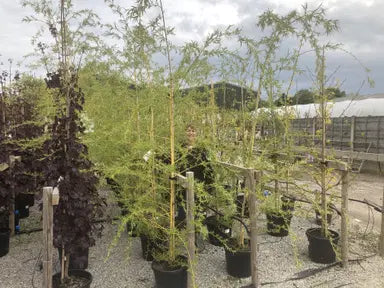Transform Your Outdoor Space with Beautiful Trees from Grasslands Nursery
Whether you're creating a peaceful retreat, adding structure to a landscape, or planting for future generations—trees are the backbone of any great garden. At Grasslands Nursery, we offer a wide selection of top-quality trees, carefully grown and maintained to help your garden thrive with beauty, balance, and purpose.
🌳 Why Choose Grasslands Trees?
As one of the UK’s leading tree growers and suppliers, we take pride in offering exceptionally healthy, professionally cultivated trees—from elegant ornamental varieties to hardy native species. Our trees are nurtured by expert horticulturists and kept in optimum nursery conditions, so you can plant with confidence.
🌿 Trees for Every Garden & Every Goal
Looking for a majestic focal point? Need fast-growing screening for privacy? Want to bring seasonal colour or wildlife into your garden? We’ve got it all—from delicate flowering cherries and architectural acers to tall, evergreen conifers and robust native oaks. Whether your space is large or small, sun-soaked or shady, there’s a perfect tree waiting for you.
🌱 Instant Impact or Long-Term Growth
Choose from a wide range of sizes, including rootballed and container-grown trees, ideal for those who want to see instant structure in the landscape. Prefer to nurture something over time?
💡 Why Plant Trees?
-
Year-round beauty: Spring blossom, summer shade, autumn colour, winter structure.
-
Wildlife support: Trees provide shelter, food, and nesting spots for birds, bees, and butterflies.
-
Privacy and protection: Use trees as natural screens, windbreaks, or sound buffers.
-
Environmental value: Trees absorb CO₂, improve air quality, and cool their surroundings—a long-term investment in your home and planet.
🌿 From Garden Feature to Living Legacy
A well-placed tree can define a space, add height and interest, or mark a special occasion. Whether you're designing a new garden or enhancing an established one, a tree adds character, maturity, and timeless appeal.
Explore our full range of trees online or visit us in person—our expert team is here to help you choose the perfect specimen for your space, soil, and style. With Grasslands, you're not just planting a tree—you're planting a legacy.
Planting & Staking Your Trees: Our Best Practice Guide
For long-term success when planting trees, proper staking is essential—especially in exposed or windy areas. At Grasslands Nursery, we highly recommend using two posts and a horizontal rail for the best support. You can purchase a ready-made set from us, or build your own with timber posts and a sturdy rail.
Extra Support for Windy Sites
If you're planting in a particularly windy location, add a second cross-rail halfway down between the top rail and the ground. This provides extra anchorage and reduces stress on the support posts during strong winds.
How to Stake Your Tree Properly:
-
Position the posts and rail first – ideally before digging your planting hole to avoid disturbing the setup.
-
Fix rubber tree pads and belts to the face of the rail. This cushions the trunk, prevents rubbing, and provides a secure point for strapping the tree.
-
Place the tree upright, ensuring it's straight, then attach the belt around the trunk, securing it to the pad on the rail.
-
The tree may come with a training cane or nursery stake.
-
Remove it at planting, or leave it in for short-term support.
-
If left in, check regularly that the ties aren’t cutting into the stem, as these can quickly become restrictive. Remove any unnecessary ones once the tree is secured in its new position.
